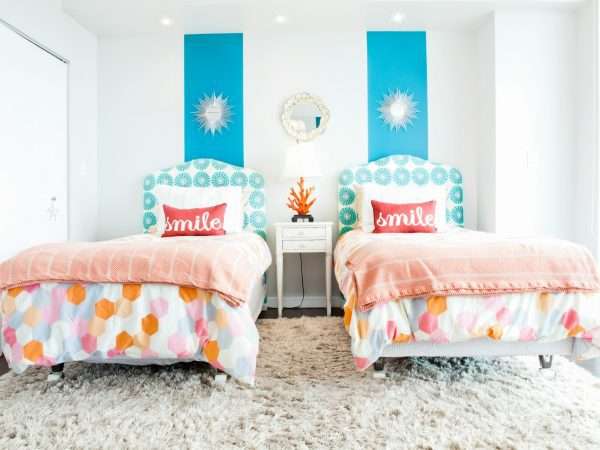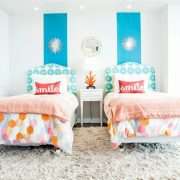Exploring Contemporary Wet Room Design Trends
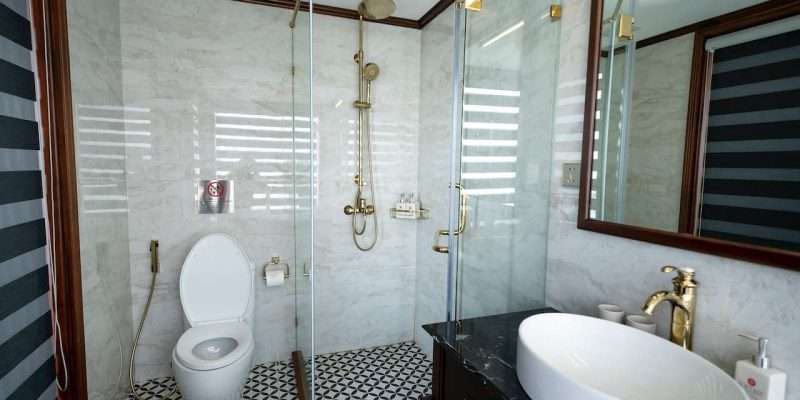
As we step into 2023, the realm of bathroom design is undergoing a revolutionary transformation, with wet rooms leading the charge. Pioneering a new era of inclusivity, these spaces are not just about aesthetics but are being thoughtfully crafted to cater to all generations and abilities, particularly the elderly, wheelchair users, and less-abled individuals.
This shift in design perspective marries style with functionality, creating spaces that are as beautiful as they are accessible and comfortable. So, let’s dive into the latest wet room design trends with the experts at EA Mobility, and explore how they’re reshaping the traditional bathroom experience and opening up a world of creative possibilities.
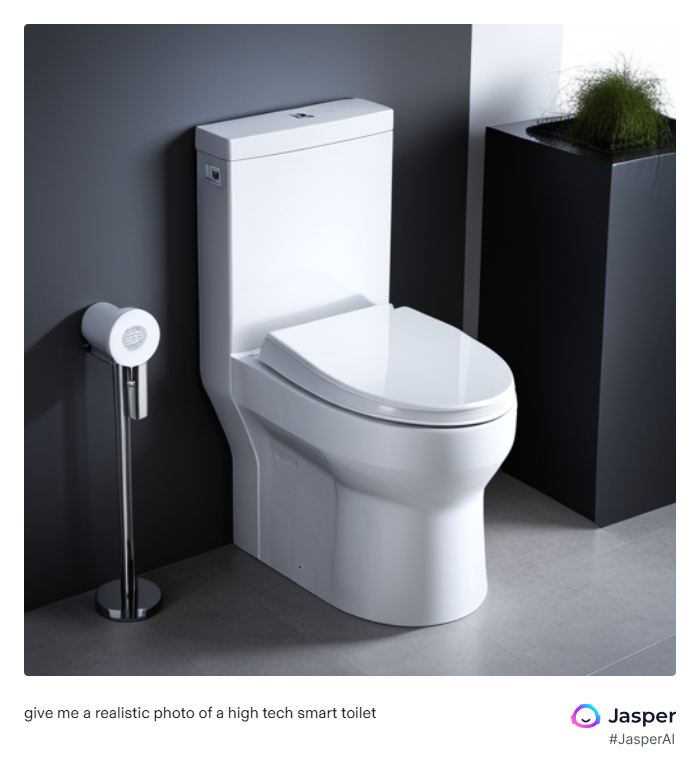
1. Embracing Minimalism: The Rise of Sleek Wet Room Designs
The minimalist look is making waves in the wet room design scene. This trend champions the ‘less is more’ philosophy, where functionality and simplicity take centre stage. With clutter-free surfaces, sleek lines, and a pared-back colour palette, minimalist wet rooms exude a sense of tranquillity and spaciousness. This is a particularly sought-after design choice for wheelchair users, as it allows them to navigate the space with ease.
A minimalist wet room can be further enhanced by decluttering your bathroom essentials and using inventive storage solutions such as wall-mounted fixtures or concealed shelves. This way, you can keep clutter off the floors while still keeping all of your products within reach.
2. Accessibility Meets Elegance: Functional Wet Room Designs for the Elderly and Less-Abled
In 2023, wet room designs are making great strides towards universal design principles, prioritising accessibility while not compromising on style. These spaces are designed with the elderly and less-abled individuals in mind, creating a safe, user-friendly environment that also embodies elegance and sophistication.
Key features to look out for in such designs include:
- Non-Slip Flooring: Safety is paramount in these designs – non-slip flooring options like textured tiles or vinyl provide a secure footing, reducing the risk of slips and falls.
- Walk-In Showers: Showers with a level entrance are not just stylish, but also practical. They offer easy access, particularly beneficial for wheelchair users and individuals with mobility issues.
- Well-Placed Grab Rails: These are strategically placed for support around the wet room. They can be colour-coordinated with the rest of the bathroom for a sleek, integrated look.
- Easily Accessible Storage: Users should not have to reach or bend excessively to get to their toiletries. Shower caddies, floating shelves, and low-level cupboards, ideally at waist height, cater to this requirement.
This blend of thoughtful design and functional elements ensures a level of comfort, independence, and safety for the elderly and less-abled individuals, while still delivering a luxurious wet room experience.
3. Innovative Materials: Unconventional Surfaces in Modern Wet Room Interiors
In 2023, we’re witnessing a surge of innovative materials ushering in a new era of bespoke wet room interiors. These modern surfaces not only bring a unique aesthetic appeal but also enhance the durability and safety of the space.
- Microcement: This is a versatile and waterproof material, perfect for a seamless wet room. Its texture and finish can be customised according to your specific taste, and it’s a fantastic option for creating a continuous, sleek look across floors, walls, and even furnishings. Plus, microcement offers excellent slip resistance, making it a safe option for those with mobility issues.
- Glass Panels: Glass panels are increasingly being used to segregate the shower area, providing an open feel while preventing water from splashing throughout. They are easy to clean and maintain, making them a practical choice for busy households.
- Natural Stone: For a touch of luxury, natural stone surfaces like marble or granite are becoming popular choices. Their unique vein patterns and colour variations add character to the space. However, they require sealing to ensure water and stain resistance.
This trend towards innovative materials is transforming the wet room experience, creating spaces that are as unique and individual as the people who use them.
4. Infusing Organic Elements into Wet Room Spaces
The year 2023 is also witnessing the rise of nature-inspired wet rooms, blending the boundaries between the indoors and the outdoors. This trend pays homage to organic elements, encouraging a sense of tranquillity and relaxation through the use of natural materials and colours.
One of the key elements in nature-inspired wet rooms is the use of plants. From ferns to ivy, and even air plants, incorporating greenery into your wet room can create a spa-like atmosphere, instilling a sense of calm. If the upkeep sounds like a
But it’s not just about the greenery – materials like wood and stone, whether in their raw form or mimicked through tiles or wallpaper, can also bring a touch of nature into the space.
Additionally, maximising natural light is another way to infuse a sense of the outdoors. Skylights, large windows, or even solar tubes can be used to draw in natural light, creating a bright look that also benefits visually impaired users or those with weak eyesight.
5. The Colour Revolution
Colour in 2023 isn’t just about aesthetics; it’s transforming wet rooms into more inclusive spaces, particularly catering to the needs of the visually or physically impaired.
Contrasting colours are reigning supreme in wet room designs. The strategic use of contrasting shades helps visually impaired individuals discern different areas and features of the room more easily. For example, a dark-coloured non-slip floor against light-coloured walls can help delineate the boundaries of the wet room, enhancing navigation. Similarly, bright, contrasting colours on grab rails and fixtures make these essential features stand out, increasing safety and usability.
Muted tones and pastel colours are making waves too, providing a calming and relaxing experience. These hues can be particularly beneficial for individuals with cognitive impairments or those who experience sensory overload. The soothing colour palette can help create a peaceful environment, reducing anxiety and stress.
Colour can also play a therapeutic role. The concept of chromotherapy, or colour therapy, is gaining traction in wet room designs. Different colours are believed to have different emotional and psychological impacts. For instance, blues and greens can encourage a sense of tranquillity and relaxation, while yellows and oranges can invigorate and uplift the mood.
This thoughtful application of colour in wet rooms is proving to be a game-changer, taking the user experience to a whole new level of comfort, safety and inclusivity.
6. Creating an Illusion of Space: Clever Design Strategies to Amplify Wet Room Dimensions
Transforming compact wet rooms into visually spacious retreats can be challenging, but utilising clever design strategies like the ‘Open Space Illusion’ can turn this challenge into an opportunity. Techniques such as mirror inclusion, glass bath or shower partitions, and the use of lighter hues are among the top design tactics that can contribute to a more spacious and airy ambience.
Mirrors, with their unmatched ability to reflect light, can dramatically augment the perception of space, thus making your wet room appear much larger than it is. In a similar vein, glass barriers for showers or bathtubs can effectively eradicate visual hindrances, subsequently enhancing the room’s perceived depth.
By strategically employing these design techniques, you can craft a wet room that is not only high in functionality and style but also offers a sense of spaciousness and openness, regardless of its actual dimensions.
7. Statement Fixtures and Fittings: Making a Focal Point in Wet Rooms
In 2023, the trend of statement fixtures and fittings is taking centre stage in wet room designs. These features serve a dual purpose – they not only add a touch of elegance and flair but also enhance the functional aspect of the space. From bold, oversized shower heads for a rainfall shower experience to touchless faucets for ease of use, these fixtures are transforming the usability and aesthetics of the wet room.
Particularly for the elderly or less-abled individuals, features such as thermostatic showers, grab rails with integrated storage, and height-adjustable fittings are proving to be a game-changer, combining comfort, safety and style in one package.
Another remarkable trend is the use of smart technology in fixtures and fittings. We’re seeing a rise in the use of digital shower systems, automatic sensor taps, and even smart toilets. These tech-forward elements not only enhance the user experience but also make it more intuitive and personalised. Imagine controlling the temperature and flow of your shower with a touch of a button or a voice command – it’s not just a luxury, it’s about creating an inclusive space that caters to everyone’s needs.
8. Sustainable Practices Shaping Modern Bathroom Design
In the era of climate awareness, sustainable practices have an influential role in shaping modern bathroom design, especially wet rooms, in 2023. The focus lies not just in creating a fabulous wet room but also in ensuring it is environmentally friendly. From the use of water-saving fixtures like low-flow taps and showers and dual-flush toilets, to energy-efficient lighting and eco-friendly materials, every element is designed with sustainability at its heart.
Moreover, we’re seeing an increase in the use of recycled and reclaimed materials, such as tiles made from recycled glass, and vanity units crafted from reclaimed wood, adding a touch of rustic charm while keeping the carbon footprint low.
Adopting a sustainable approach doesn’t mean compromising on style or comfort. On the contrary, it allows for inventive solutions that are just as aesthetically pleasing. Innovations such as solar-heated water systems and intelligent water management systems that recycle greywater are becoming increasingly widespread.
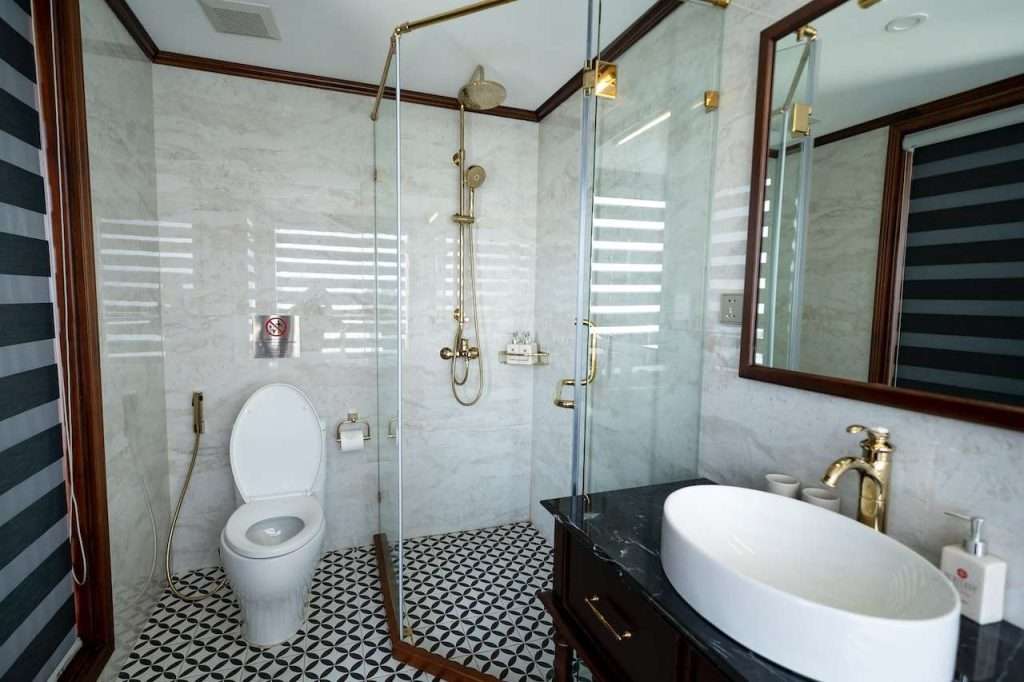
Conclusion
In summary, wet room design in 2023 is about blending the functional with the fabulous, with an overarching emphasis on inclusivity and sustainability. From the strategic use of contrasting colours aiding navigation for visually impaired individuals to the incorporation of statement fixtures that combine elegance with ease of use, modern wet rooms are becoming the epitome of versatility.
The future of wet room design is not just about luxury; it’s about creating a space that caters to everyone’s needs. A well-designed wet room is a perfect mixture of comfort, convenience, and conscious living.

